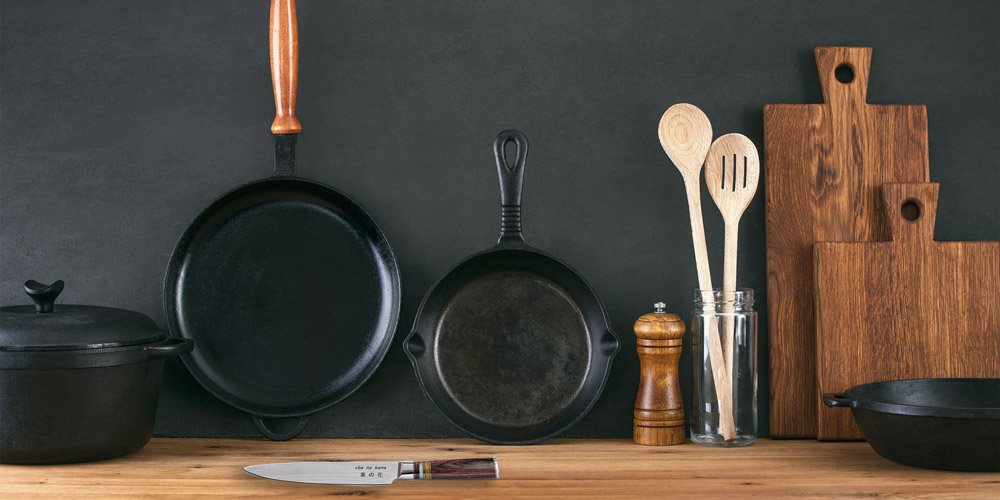The paper industry is undergoing a transformative shift with the rise of eco-friendly packaging. As environmental concerns continue to grow, businesses and consumers alike are prioritizing sustainability, pushing the paper industry to innovate and adapt. Eco-friendly packaging refers to materials designed to have minimal environmental impact, often being biodegradable, recyclable, or made from renewable resources. This shift is largely driven by the need to combat the extensive damage caused by single-use plastics, which contribute heavily to global pollution. For the paper industry, this transformation presents a dual opportunity: addressing environmental issues while tapping into the growing market for sustainable solutions. The demand for greener packaging has surged across industries such as food, retail, and e-commerce, placing the paper industry at the forefront of the sustainability movement. This change is not just market-driven but is also propelled by stricter government regulations and global environmental agreements. As companies move toward greener practices, eco-friendly packaging has become both a responsibility and a competitive advantage. The shift signifies a paradigm change, where innovation, consumer demand, and corporate responsibility converge, driving the paper industry toward a more sustainable future.
Eco-friendly packaging has triggered unprecedented innovation within the paper industry. To meet the demands of sustainability, companies are developing new technologies and materials that push the boundaries of traditional paper production. For instance, water-resistant paper coatings, which eliminate the need for plastic laminates, have emerged as a game-changer in packaging solutions. Similarly, plant-based inks and adhesives are reducing chemical usage, further lowering the environmental footprint of paper products. Additionally, advancements in recycling technologies have made it possible to reuse paper fibers multiple times without significant degradation in quality. These innovations not only make eco-friendly packaging more versatile but also ensure it meets stringent performance standards required across industries like food, electronics, and logistics. The paper industry is also exploring the integration of nanotechnology to enhance the durability and functionality of sustainable packaging. Collaborative efforts between research institutions and paper manufacturers are accelerating this innovation, creating solutions that balance cost-effectiveness with environmental stewardship. By continuously refining production techniques and material compositions, the industry is ensuring that eco-friendly packaging can compete with conventional alternatives in terms of both performance and affordability. This innovative drive underscores the critical role of the paper industry in fostering a circular economy and reducing global waste.
Consumer behavior is one of the strongest forces driving the adoption of eco-friendly packaging. With growing awareness of environmental issues, consumers are making conscious choices to support sustainable brands. Research shows that a significant percentage of consumers prefer to purchase products with biodegradable or recyclable packaging, even if it costs more. This trend has pressured companies to reimagine their packaging strategies, leading to increased demand for paper-based solutions. The preference for sustainability is particularly evident in younger generations, who are more likely to hold companies accountable for their environmental impact. Eco-friendly packaging has become a key factor in building brand loyalty, as consumers align their purchasing decisions with their values. For the paper industry, this shift represents a significant opportunity to expand its market share by offering innovative, environmentally friendly solutions. However, meeting consumer expectations requires consistent quality and performance, ensuring that sustainable options do not compromise on functionality. By prioritizing the needs and preferences of eco-conscious consumers, the paper industry is not only fostering a positive environmental impact but also enhancing its competitive edge in a rapidly evolving market.
Government regulations and corporate responsibility initiatives are further accelerating the adoption of eco-friendly packaging in the paper industry. Policies aimed at banning or reducing single-use plastics have created a favorable environment for paper-based alternatives. For example, many countries have implemented legislation mandating recyclable or biodegradable packaging for consumer goods. These regulations have compelled companies to reassess their packaging choices and turn to sustainable solutions provided by the paper industry. Simultaneously, businesses are embracing eco-friendly practices as part of their corporate social responsibility (CSR) strategies. Major corporations are setting ambitious sustainability goals, such as achieving carbon neutrality and reducing waste, with eco-friendly packaging playing a central role in these efforts. The paper industry has responded by aligning its production processes with environmental standards and certifications, such as FSC (Forest Stewardship Council) and PEFC (Programme for the Endorsement of Forest Certification). These initiatives not only enhance credibility but also ensure compliance with international sustainability benchmarks. The collaboration between policymakers, businesses, and the paper industry underscores a collective commitment to addressing environmental challenges. Together, these efforts are creating a robust framework for the widespread adoption of eco-friendly packaging, further solidifying the paper industry’s role in driving sustainable development.
Eco-friendly packaging is revolutionizing the paper industry, marking a significant step toward sustainability and environmental conservation. By prioritizing biodegradable and recyclable materials, the industry is addressing critical environmental concerns while meeting the evolving demands of consumers and regulators. This transformation is rooted in innovation, with advancements in materials and technologies ensuring that paper-based packaging remains both functional and eco-friendly. Consumer preferences for sustainable options and stringent government policies have further accelerated this shift, placing the paper industry at the forefront of the global sustainability movement. Additionally, businesses’ focus on corporate responsibility has strengthened the demand for environmentally conscious packaging solutions. The widespread adoption of eco-friendly practices highlights the potential of the paper industry to lead by example, demonstrating how traditional sectors can adapt to modern environmental challenges. As the world moves toward a circular economy, the role of eco-friendly packaging will continue to grow, shaping a greener future for both businesses and consumers. By embracing sustainability as a core value, the paper industry is not only ensuring its relevance in a competitive market but also contributing meaningfully to the planet’s well-being. This ongoing transformation serves as a powerful reminder of the impact that innovation and collaboration can have on creating a sustainable world.







